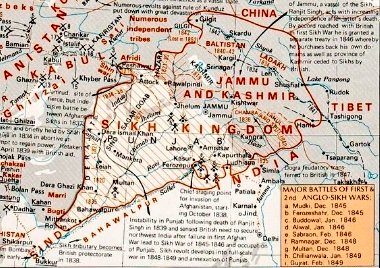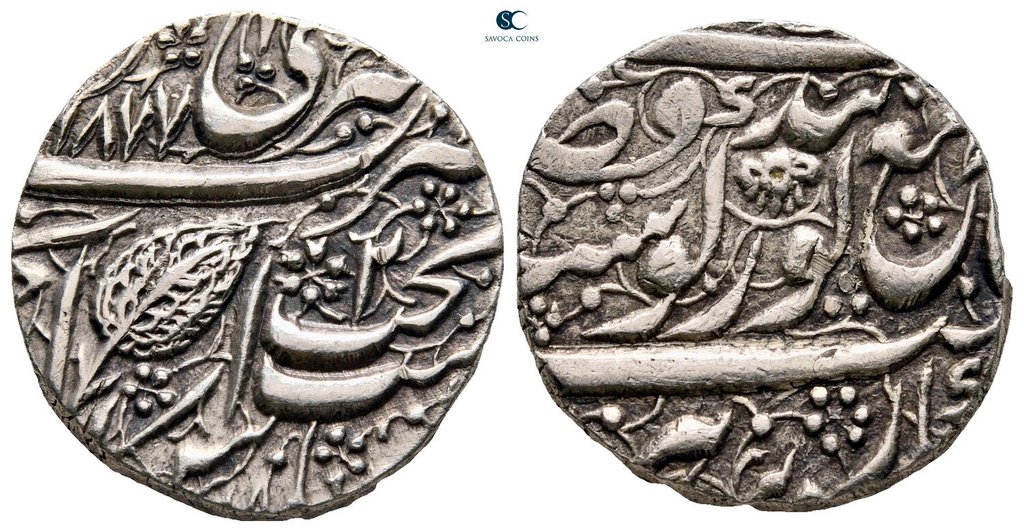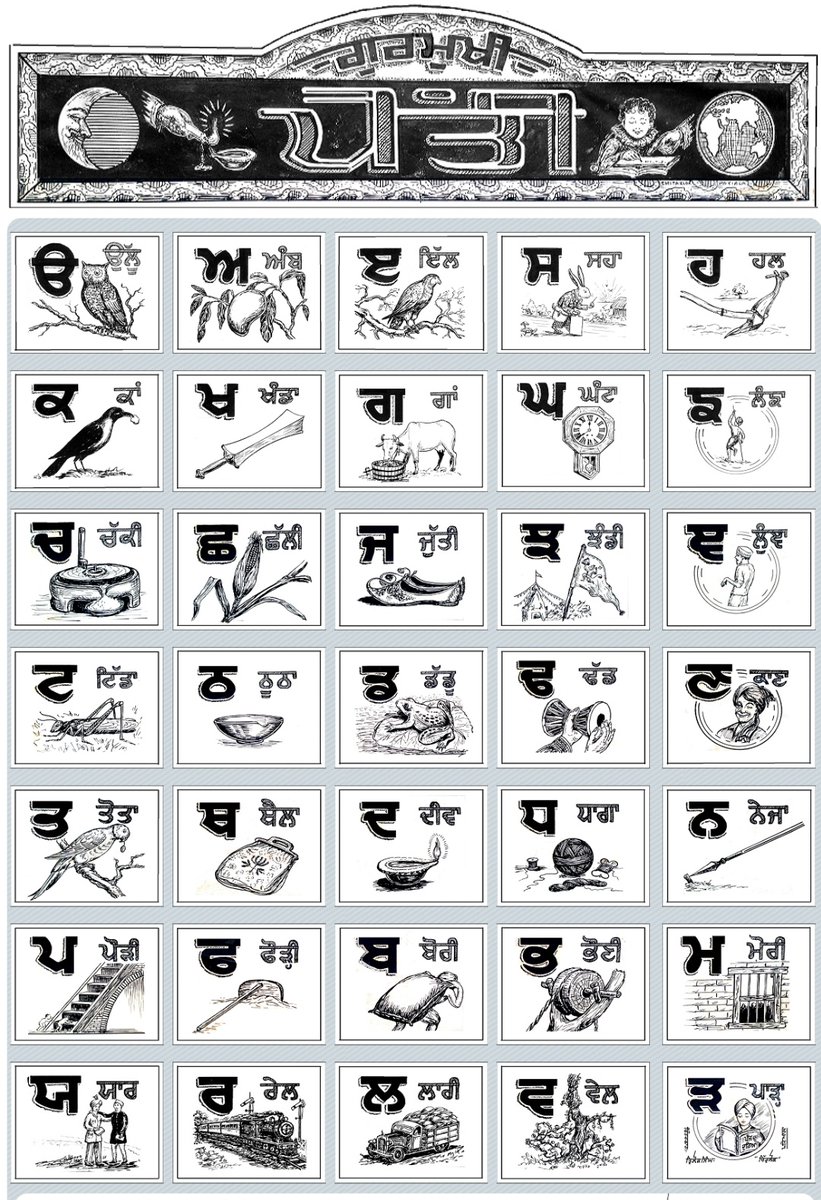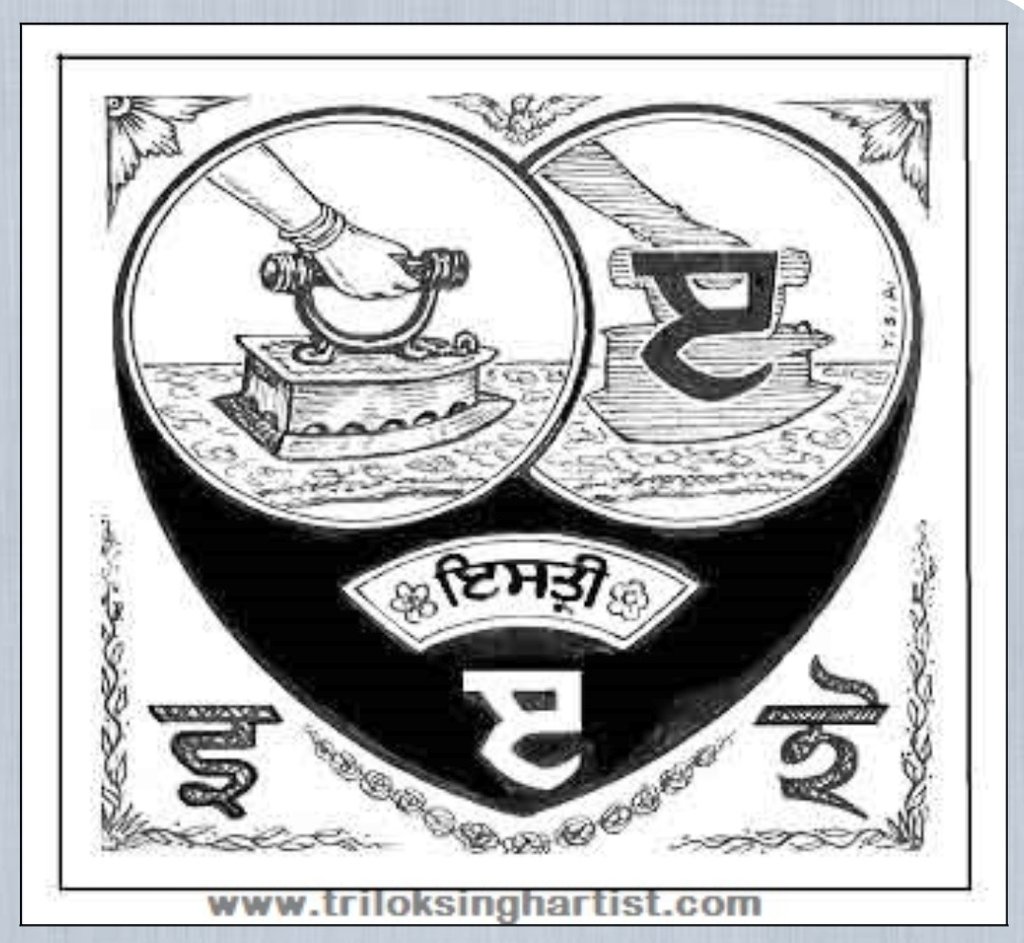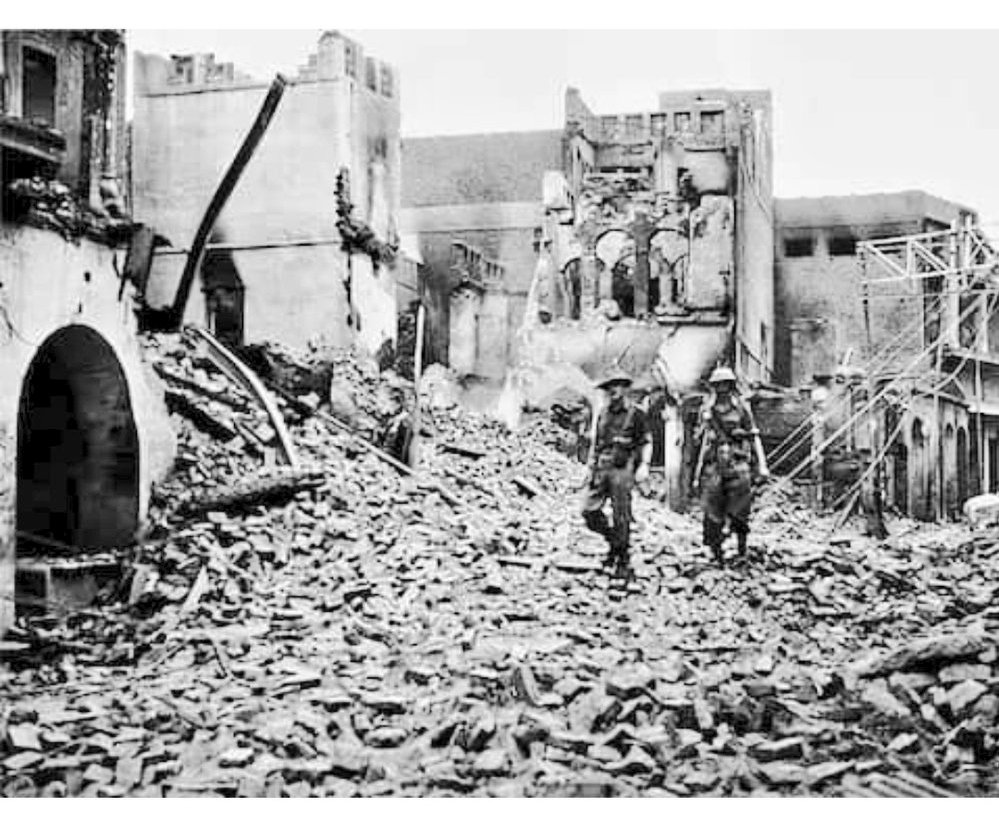
The population of #SikhEmpire during the time of Ranjit Singh’s rule was estimated to be around 12 million people.
There were
8.4 million Muslims,
2.88 million Hindus and 722,000 Sikhs.
#Islam (70%)
#Hinduism (24%)
#Sikhism (6%)
Total Area in 1839 was
520,000 km2 (200,000 sq mi)
There were
8.4 million Muslims,
2.88 million Hindus and 722,000 Sikhs.
#Islam (70%)
#Hinduism (24%)
#Sikhism (6%)
Total Area in 1839 was
520,000 km2 (200,000 sq mi)

Spoken #languages in #SikhKingdom #SikhEmpire
Punjabi (dynastic)Punjabi dialects (Saraiki, Hindko, Pahari-Pothwari),Kangri,Dogri,
Pashto,Kashmiri,Gojri
KundalShahi,Balti,Shina,Wakhi,
Burushaski,Khowar,Domaki,Ladakhi,Purgi,Bhadarwahi,Shina,Bateri,
Kohistani,Kalash
Punjabi (dynastic)Punjabi dialects (Saraiki, Hindko, Pahari-Pothwari),Kangri,Dogri,
Pashto,Kashmiri,Gojri
KundalShahi,Balti,Shina,Wakhi,
Burushaski,Khowar,Domaki,Ladakhi,Purgi,Bhadarwahi,Shina,Bateri,
Kohistani,Kalash
Maharaja of Sikh Kingdom/SikhEmpire/KhalsaEmpire.
• 1801–1839 Ranjit Singh
• 1839 Kharak Singh
• 1839–1840 Nau Nihal Singh
• 1841–1843 Sher Singh
• 1843–1849 Duleep Singh
Regent
• 1840–1841 Chand Kaur
• 1843–1846 Jind Kaur



• 1801–1839 Ranjit Singh
• 1839 Kharak Singh
• 1839–1840 Nau Nihal Singh
• 1841–1843 Sher Singh
• 1843–1849 Duleep Singh
Regent
• 1840–1841 Chand Kaur
• 1843–1846 Jind Kaur
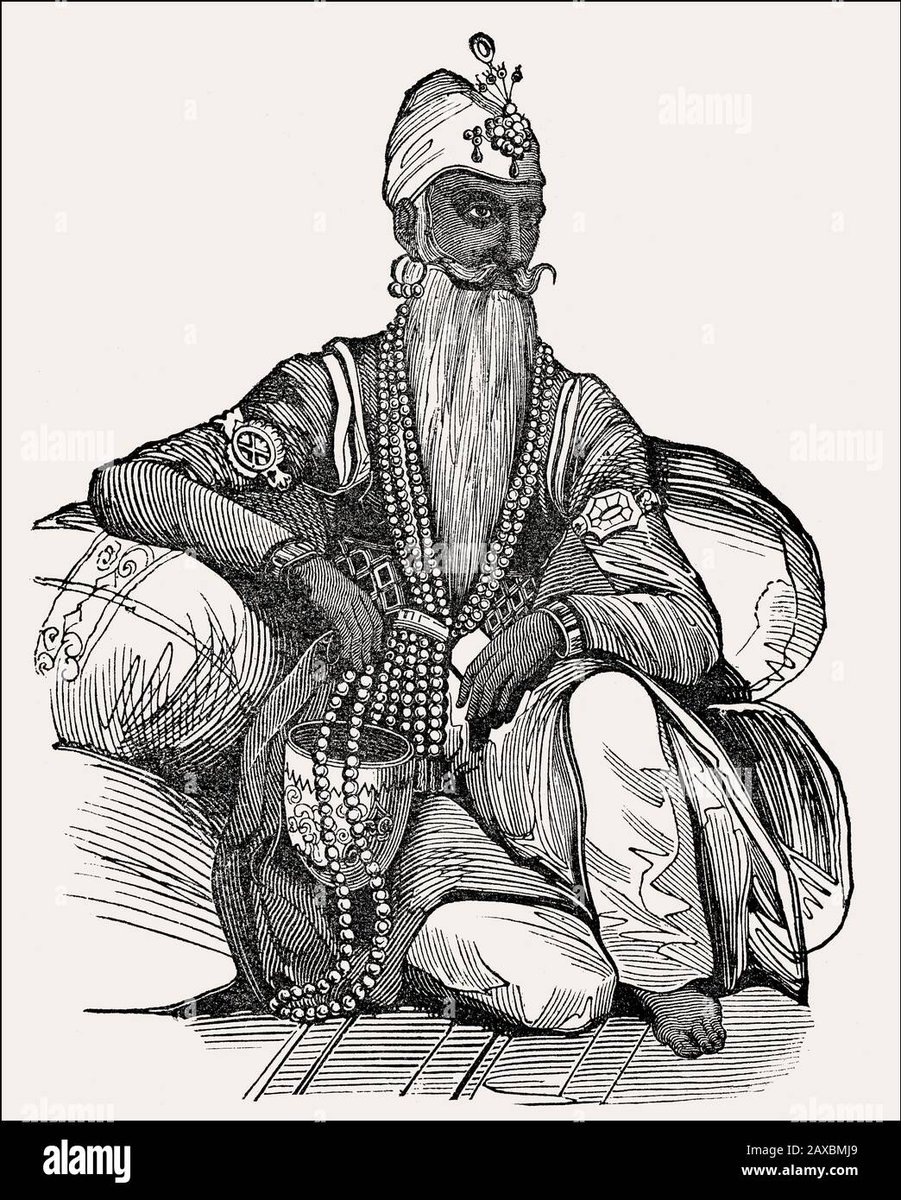



Wazir
• 1799–1818 Jamadar Khushal Singh
• 1818–1843 Dhian Singh Dogra
• 1843–1844 Hira Singh Dogra
• 14 May – 21 September 1845
Jawahar Singh Aulakh
• 1845–1846 Lal Singh
• 31 January – 9 March 1846
Gulab Singh
In Pic Dhian Singh Dogra
• 1799–1818 Jamadar Khushal Singh
• 1818–1843 Dhian Singh Dogra
• 1843–1844 Hira Singh Dogra
• 14 May – 21 September 1845
Jawahar Singh Aulakh
• 1845–1846 Lal Singh
• 31 January – 9 March 1846
Gulab Singh
In Pic Dhian Singh Dogra
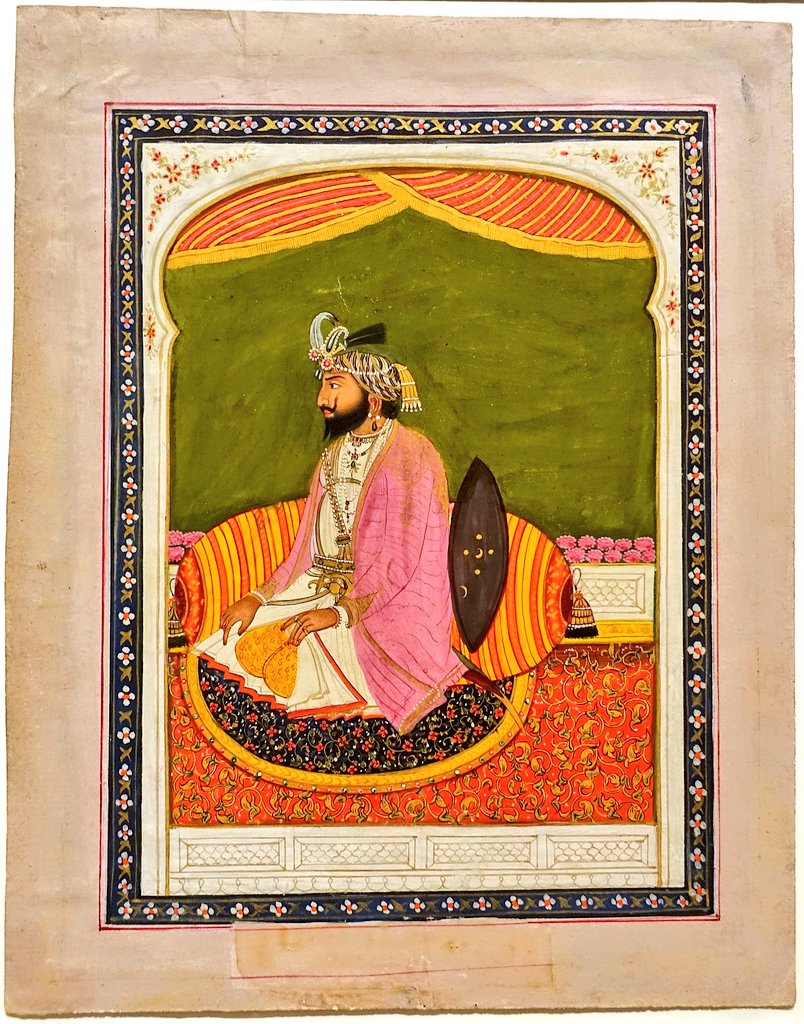
The #foundations of the #SikhEmpire can be traced to as early as 1707, the year of Aurangzeb's death and the start of the downfall of the #MughalEmpire. With the Mughals significantly weakened, the #SikhArmy, known as the #DalKhalsa, 👇
👆
a rearrangement of the Khalsa inaugurated by #GuruGobindSingh, led expeditions against them and the Afghans in the west. This led to a growth of the army which split into different confederacies or semi-independent misls.👇
a rearrangement of the Khalsa inaugurated by #GuruGobindSingh, led expeditions against them and the Afghans in the west. This led to a growth of the army which split into different confederacies or semi-independent misls.👇
Each of these component armies controlled different areas and cities. However, in the period from 1762 to 1799, #Sikh commanders of the misls appeared to be coming into their own as independent.
The formation of the empire began with the capture of #Lahore, by #RanjitSingh, from its Afghan ruler, #ZamanShahDurrani,& the subsequent & progressive expulsion of #Afghans from the #Punjab, by defeating them in the #AfghanSikhWars, and the unification of the separate #Sikhmisls 

#RanjitSingh was proclaimed as #Maharaja of the #Punjab on 12 April 1801 (Vaisakhi), creating a unified political state. #SahibSinghBedi, a descendant of #GuruNanak, conducted the coronation.Ranjit Singh rose to power in a very short period of Time From Single Misl to Sikhkingdom 
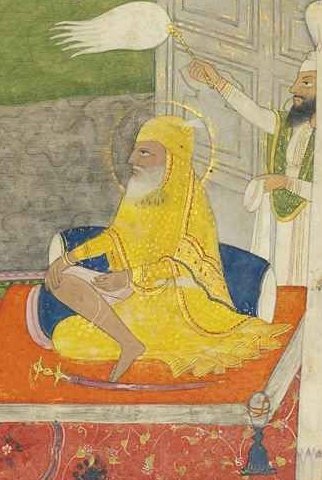
#SikhEmpire was From
PunjabRegion,to Mithankot in south
Punjab,Pakistan,excluding BahawalpurState
Punjab,India,south to areas just across the Sutlej river
HimachalPradesh,India,south to areas just across the SutlejRiver
JammuDivision,Jammu&Kashmir, India & Pakistan1808–1846👇
PunjabRegion,to Mithankot in south
Punjab,Pakistan,excluding BahawalpurState
Punjab,India,south to areas just across the Sutlej river
HimachalPradesh,India,south to areas just across the SutlejRiver
JammuDivision,Jammu&Kashmir, India & Pakistan1808–1846👇
Kashmir, from
5 July 1819 to 15 March 1846, India/Pakistan/China
Kashmir Valley, India from 1819 to 1846
Gilgit, Gilgit–Baltistan, Pakistan, from 1842 to 1846
Ladakh, India 1834–1846👇
5 July 1819 to 15 March 1846, India/Pakistan/China
Kashmir Valley, India from 1819 to 1846
Gilgit, Gilgit–Baltistan, Pakistan, from 1842 to 1846
Ladakh, India 1834–1846👇
Khyber Pass, Afghanistan/Pakistan
Peshawar,Pakistan (taken in 1818, retaken in 1834)
Khyber Pakhtunkhwa and the Federally Administered Tribal Areas, Pakistan(documented from Hazara (taken in 1818,again in 1836) to Bannu)
Parts of Western Tibet,China briefly in 1841, to Taklakot👇
Peshawar,Pakistan (taken in 1818, retaken in 1834)
Khyber Pakhtunkhwa and the Federally Administered Tribal Areas, Pakistan(documented from Hazara (taken in 1818,again in 1836) to Bannu)
Parts of Western Tibet,China briefly in 1841, to Taklakot👇
Jamrud District (Khyber Agency, Pakistan) was the westernmost limit of the Sikh Empire. The westward expansion was stopped in the Battle of Jamrud, in which the Afghans managed to kill the prominent Sikh general Hari Singh Nalwa in an offensive,👇
@SSsandhu1
@SSsandhu1

though the Sikhs successfully held their position at their #Jamrudfort. Ranjit Singh sent his #General Sirdar #BahadurGulabSinghPowind thereafter as reinforcement and he crushed the #Pashtun rebellion harshly.
@SSsandhu1 👇
@SSsandhu1 👇

In 1838,#MaharajahRanjitSingh with his #troops marched into #Kabul to take part in the victory parade along with the British after restoring #ShahShoja to the #Afghan throne at Kabul. 

The empire was divided into various provinces (Subas),them namely being (with their estimated population in the year 1838)
Lahore (population 1,900,000
Multan (population 750,000
Peshawar (population 550,000
Derajat (population 600,000
Jammu and Hill States (population 1,100,000
Lahore (population 1,900,000
Multan (population 750,000
Peshawar (population 550,000
Derajat (population 600,000
Jammu and Hill States (population 1,100,000
Revenue in Rupees, 1844
Revenue in Rupees
Tributary States5,65,000
Farms1,79,85,000
Eleemosynary20,00,000
Jaghirs95,25,000
Customs24,00,000
Total3,24,75,000
Revenue in Rupees
Tributary States5,65,000
Farms1,79,85,000
Eleemosynary20,00,000
Jaghirs95,25,000
Customs24,00,000
Total3,24,75,000
Also Know About Sino-Sikh War
#SinoSikhWar
was fought from May 1841 to August 1842, between the forces of the Dogra nobleman Gulab Singh of Jammu, under the suzerainty of the #SikhEmpire, and those of #Tibet. Gulab Singh's commander was the able #GeneralZorawarSingh Kahluria👇
#SinoSikhWar
was fought from May 1841 to August 1842, between the forces of the Dogra nobleman Gulab Singh of Jammu, under the suzerainty of the #SikhEmpire, and those of #Tibet. Gulab Singh's commander was the able #GeneralZorawarSingh Kahluria👇

who, after the conquest of #Ladakh, attempted to extend its boundaries in order to control the trade routes into Ladakh. Zorawar Singh's campaign, suffering from the effects of inclement weather, suffered a defeat at Minsar (or Missar) and Singh was killed.
The #Tibetans then advanced on #Ladakh. #GulabSingh sent reinforcements under the command of his nephew JawahirSingh. A subsequent battle near Leh in 1842 led to a Tibetan defeat. The Treaty of #Chushul was signed in 1842 maintaining the status quo ante bellum.
#ZorawarFort #Leh
#ZorawarFort #Leh

Zorawar Singh Kahluria (1784–12 December 1841) was a military general of the Dogra Rajput ruler, Gulab Singh of Jammu under #SikhEmpire,He served as the governor (wazir-e-wazarat) of #Kishtwar and extended the territories of the kingdom by conquering #Ladakh and #Baltistan. 
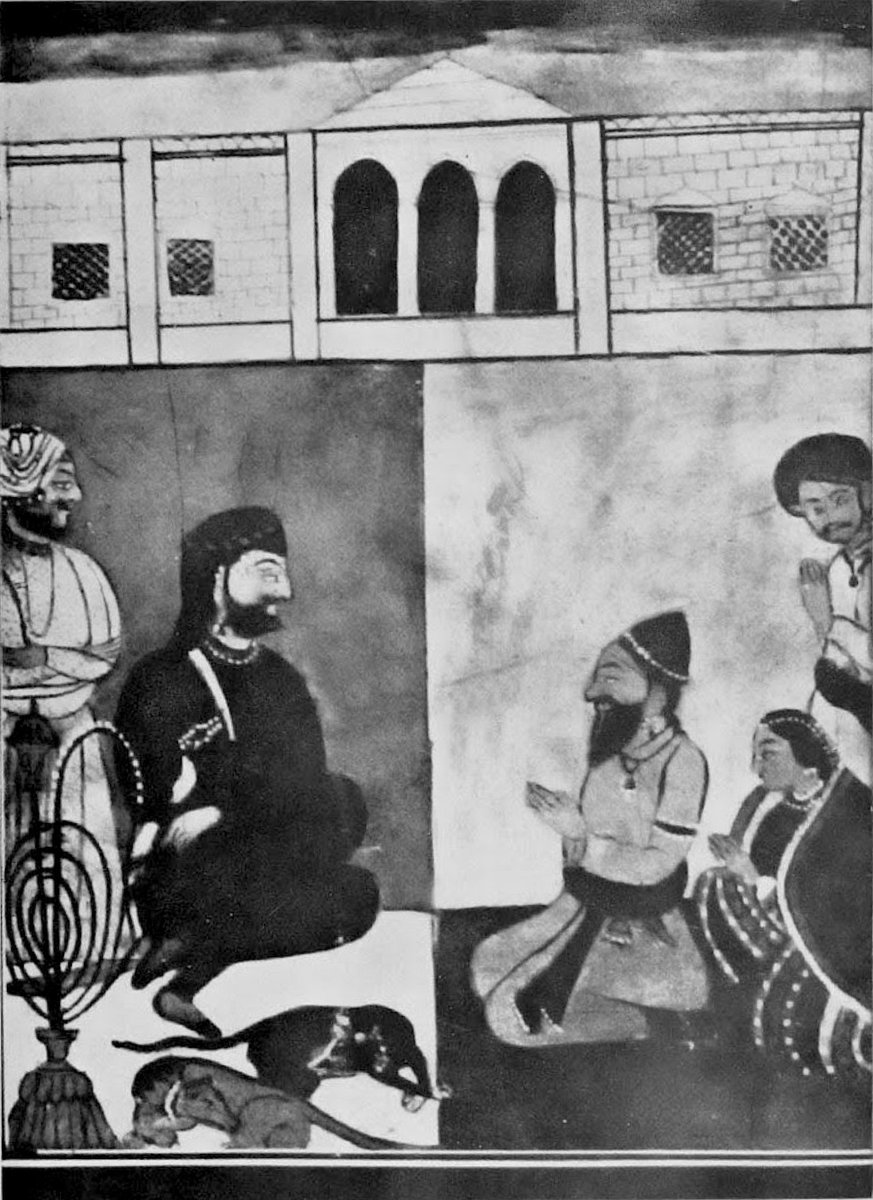
He also boldly attempted the conquest of Western Tibet (Ngari Khorsum) but was killed in battle of To-yo during the #SinoSikhWar. In reference to his legacy of conquests in the Himalaya Mountains including Ladakh, Tibet, Baltistan and Iskardu as General and Wazir,👇
First #AngloSikhWar
Between
#EastIndiaCompany+
#PatialaStates+
#JindState
Vs
#SikhEmpire
11 Dec 1845 – 9 March 1846
●Battle of #Mudki
18 Dec 1845
●Battle of #Ferozeshah
21–22 Dec 1845
●Battle of #Baddowal*
●Battle of #Aliwal
28 Jan 1846
●Battle of #Sobraon
10 Feb 1846
Between
#EastIndiaCompany+
#PatialaStates+
#JindState
Vs
#SikhEmpire
11 Dec 1845 – 9 March 1846
●Battle of #Mudki
18 Dec 1845
●Battle of #Ferozeshah
21–22 Dec 1845
●Battle of #Baddowal*
●Battle of #Aliwal
28 Jan 1846
●Battle of #Sobraon
10 Feb 1846

Second #AngloSikhWar
●Battle of Ramnagar
22 November 1848
●Battle of Chillianwala
13 January 1849
●Battle of Multan
19 April 1848 until 22 January 1849,
●Battle of Gujrat
This was the last battle of the war and the Anglo-Sikh battle.👇
●Battle of Ramnagar
22 November 1848
●Battle of Chillianwala
13 January 1849
●Battle of Multan
19 April 1848 until 22 January 1849,
●Battle of Gujrat
This was the last battle of the war and the Anglo-Sikh battle.👇
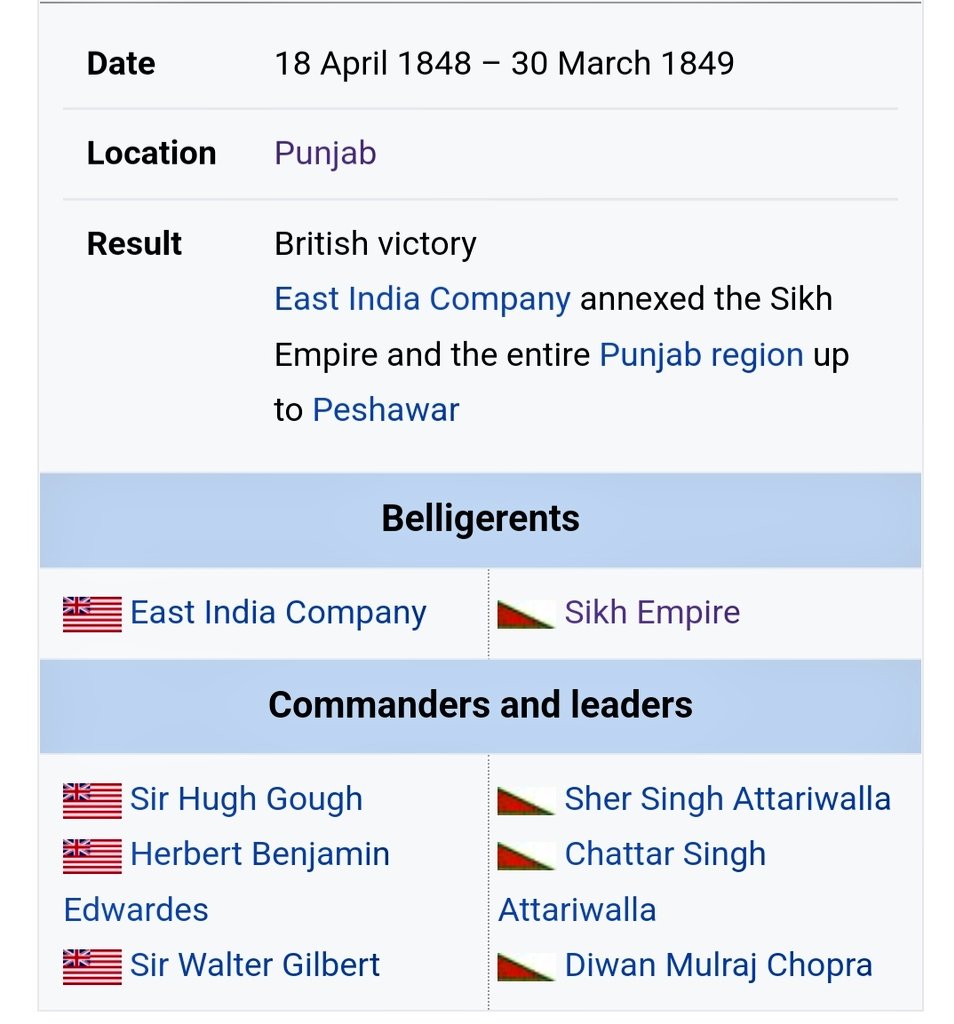
This was the last battle of the war and AngloSikhWars.
Sir Hugh Gough's army decisively defeated the Sikh forces. The #SikhEmpire officially #ended as the young emperor,#MaharajaDalipSingh was #kidnapped and taken to #England. #Punjab was #annexed as a province of the #BritishRaj
Sir Hugh Gough's army decisively defeated the Sikh forces. The #SikhEmpire officially #ended as the young emperor,#MaharajaDalipSingh was #kidnapped and taken to #England. #Punjab was #annexed as a province of the #BritishRaj

• • •
Missing some Tweet in this thread? You can try to
force a refresh


